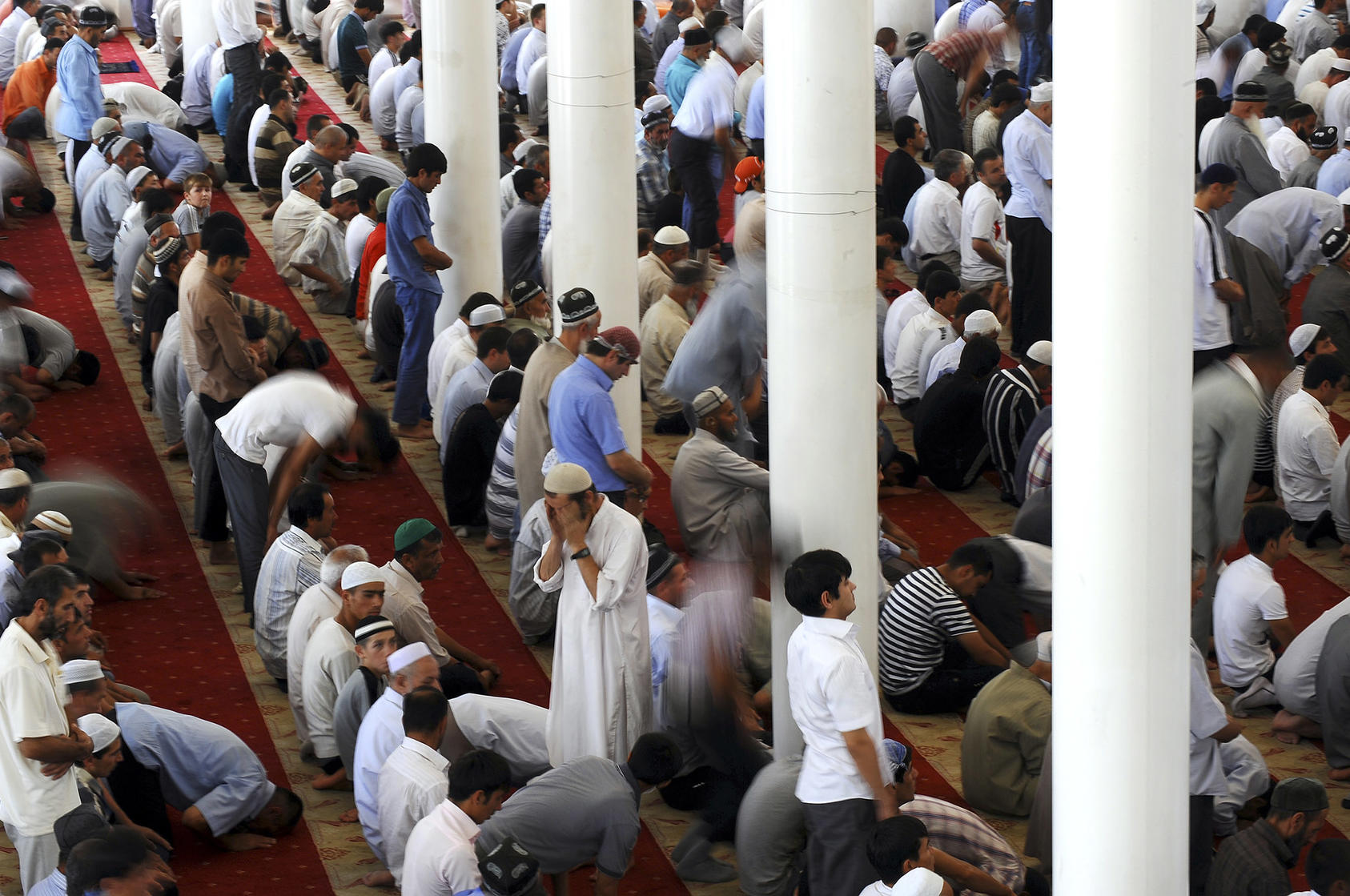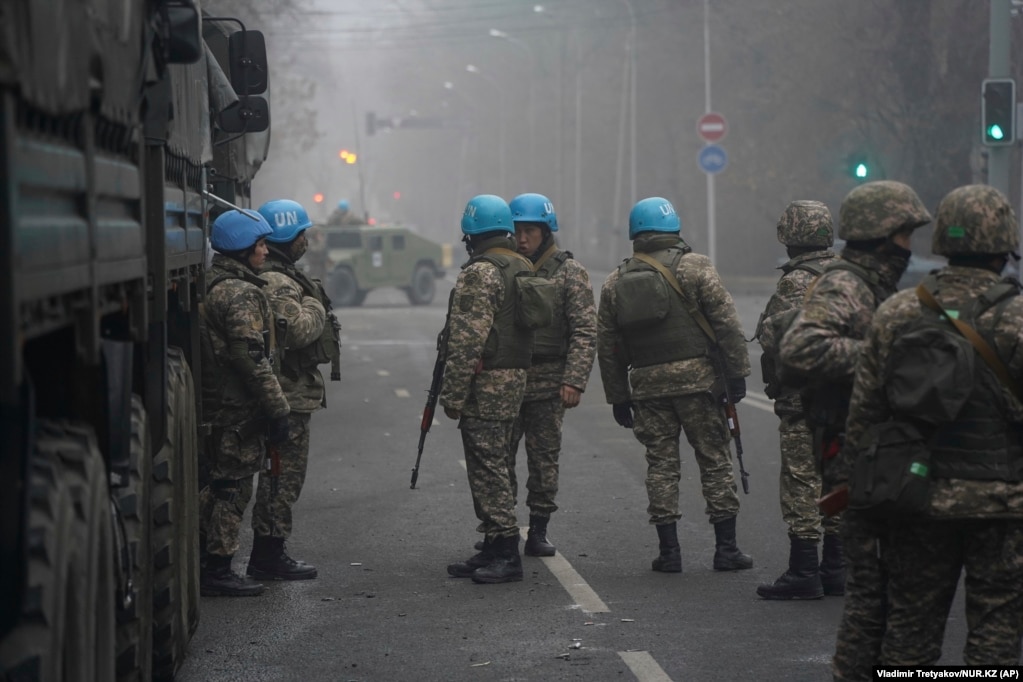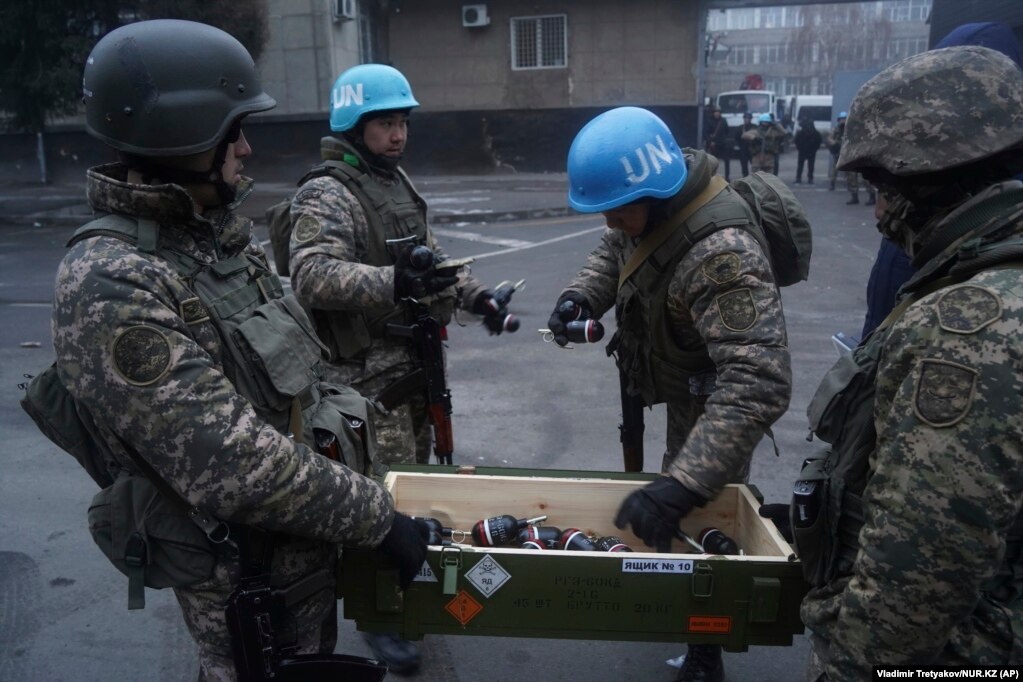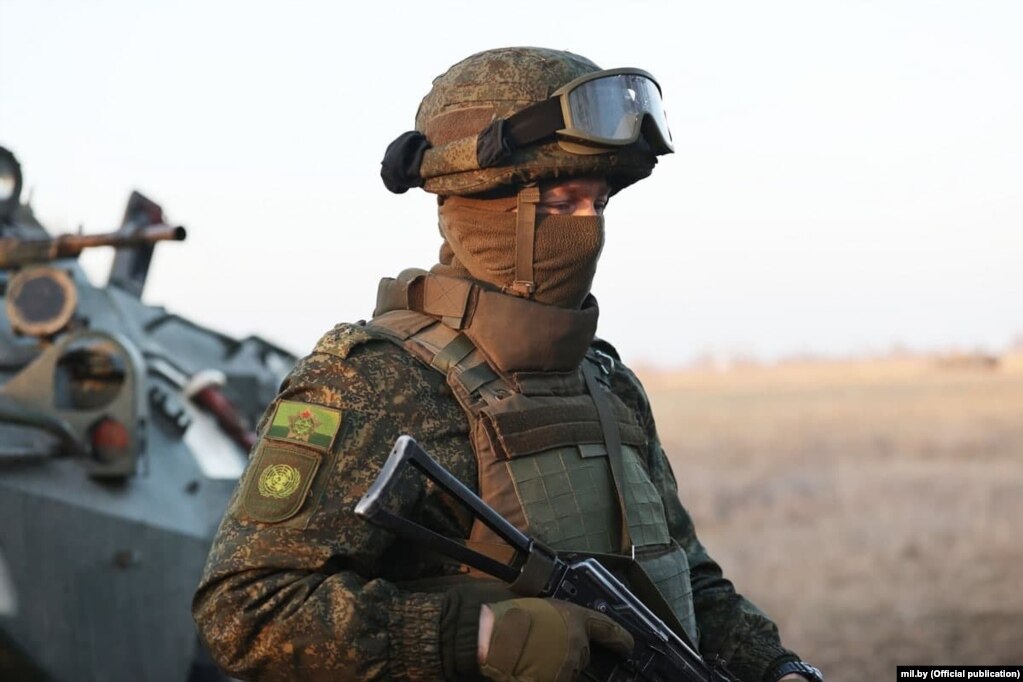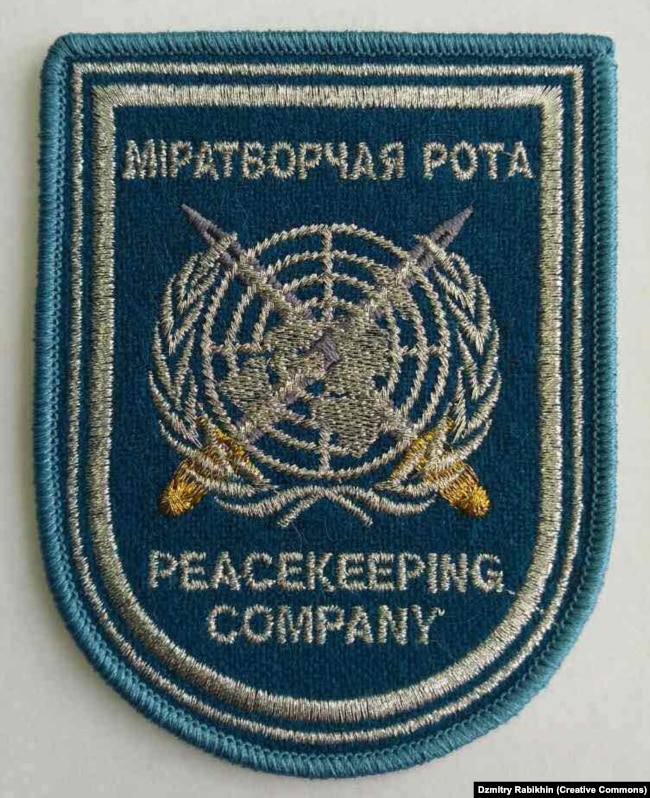The State Department says it supports an investigation into the death of 80-year-old Omar Asaad, who was arrested by Israeli forces in the occupied West Bank.
01/12/2022
The U.S. Department of State has voiced its support for an investigation into the Wednesday death of an elderly Palestinian American man who his family and local officials said was detained by Israeli soldiers during a raid on an occupied West Bank village.
Omar Abdulmajeed Asaad, 80, was a U.S. citizen whose body was found in Jiljilya early Wednesday morning, the State Department confirmed. He was found with a plastic zip tie still around one wrist, according to Reuters.
“We can confirm the death of the U.S. citizen Omar Assad in a city near Ramallah. We have been in touch with Mr. Assad’s family to express our condolences about this tragedy. We are providing, as you would expect, all appropriate consular assistance to the family at this time,” State Department spokesperson Ned Price said.
“We’ve also been in touch with the government of Israel to seek clarification about this incident. And, as you may have seen, the Israeli Defense Forces have indicated there is an ongoing investigation into the matter,” Price continued. “We support a thorough investigation into the circumstances of this incident. Of course, out of respect for the family during this time, we have little more that we’re able to offer.”
The Israeli Defense Force told Reuters that soldiers carried out an overnight raid in Jiljilya and that a Palestinian was “apprehended after resisting a check.” The IDF claimed the man was alive when soldiers released him, despite other detainees claiming they witnessed otherwise. Israeli army spokesperson Amnon Shefler said the incident would be investigated “in a thorough and professional manner.”
Fouad Qattoum, the head of Jiljilya’s village council, told news outlets that Asaad was driving home after visiting relatives when Israeli soldiers stopped his car, handcuffed him, blindfolded him and led him to a building under construction, as documented by security cameras. Another village resident said he saw Israeli soldiers walking Asaad away at around 3 a.m. Wednesday, according to Reuters.
Asaad had heart problems – which he has previously undergone surgery for – and “couldn’t withstand the conditions he was found in … sitting in the cold on a raw floor with his hands tied, no wonder he died,” Qattoum told The New Arab. “It is an ugly crime.”
The 80-year-old’s body was found over an hour later by a local farmer, 52-year-old Murawaeh Arouri, who told The New Arab that he was detained by Israeli forces at the same place. Arouri told the publication that he was driving back to his village with his co-worker when the IDF forced them out of the car and took them to an “abandoned house,” where he saw soldiers standing around a body. He said the soldiers looked at the body and then “got up and left without saying anything.”
“Asaad was covered with his own jacket. I saw his foot first and told my co-worker, who thought I was hallucinating out of fear,” Arouri said. “We pulled the jacket away and I instantly recognized him. He had his hands behind his back and the plastic wire that Israeli soldiers use to handcuff detainees was cut beside him. We tried to shake him, but he didn’t respond, so we called the local doctor.”
Dr. Islam Abu Zaher, who said he tried to resuscitate Asaad but found no pulse, told Reuters that the cause of death was not immediately clear without an autopsy but that it’s possible the elderly man “suffered a heart attack or some form of panic,” given his history of heart operations. Palestine Medical Complex Chief Ahmad Bitawi told Al Jazeera that doctors are currently conducting scans of Asaad’s body and that his case has been transferred to forensic medicine and public prosecution.
“Abu Hani was martyred, affected by the deployment of the occupation soldiers at dawn today,” Palestinian Prime Minister Mohammad Shtayyeh said in a Facebook statement on Wednesday, referring to Asaad by the name he’s called in his village.
Qattoum told local media that the village demands “an international investigation committee and for accountability for the criminals,” according to Al Jazeera.
Asaad’s brother told Reuters that the 80-year-old was a former Milwaukee resident and American citizen who lived in the U.S. for decades before returning to the occupied West Bank 10 years ago.
On Wednesday, a reporter asked Price of the U.S. State Department if Asaad’s death is “the kind of thing you’ll look at” given Israel’s escalating push to get into the U.S. visa waiver program.
“There are stringent criteria that’s associated with admission into the visa waiver program,” Price answered. “It’s a decision that the secretary of homeland security in consultation with the secretary of state makes. So, I would point to the criteria associated with that.”
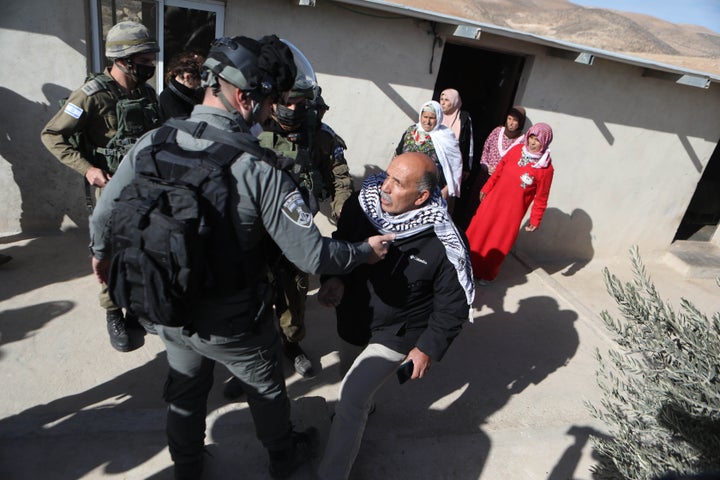
Israeli forces confront a Palestinian family whose home they say is "unlicensed" in Hebron, West Bank, on Jan. 12, 2021.
MAMOUN WAZWAZ/ANADOLU AGENCY VIA GETTY IMAGES
Overnight military raids by Israeli soldiers are almost a daily practice in the occupied West Bank, where Palestinians are exposed to live fire, arrests, assaults and killings. Last year, the Israeli army conducted more than 3,400 search-and-arrest operations, according to the United Nations. Israeli forces injured almost 350 Palestinians — including 109 children — during protests following those operations.
“There are Israeli reports that they are headed towards evicting more Palestinians or evicting Palestinians from Sheikh Jarrah and from Silwan, despite your repeated calls on the Israelis not to do so,” a reporter asked Price on Tuesday. “What can you do to sort of persuade them not to actually go on and go ahead with this action?”
“In this case, we have been clear that steps that exacerbate tensions and undercut efforts to advance a negotiated two-state solution includes – would include the eviction of families from homes in East Jerusalem in which these families have lived for generations, in some cases,” Price said. “We’ve been very clear about that.”

